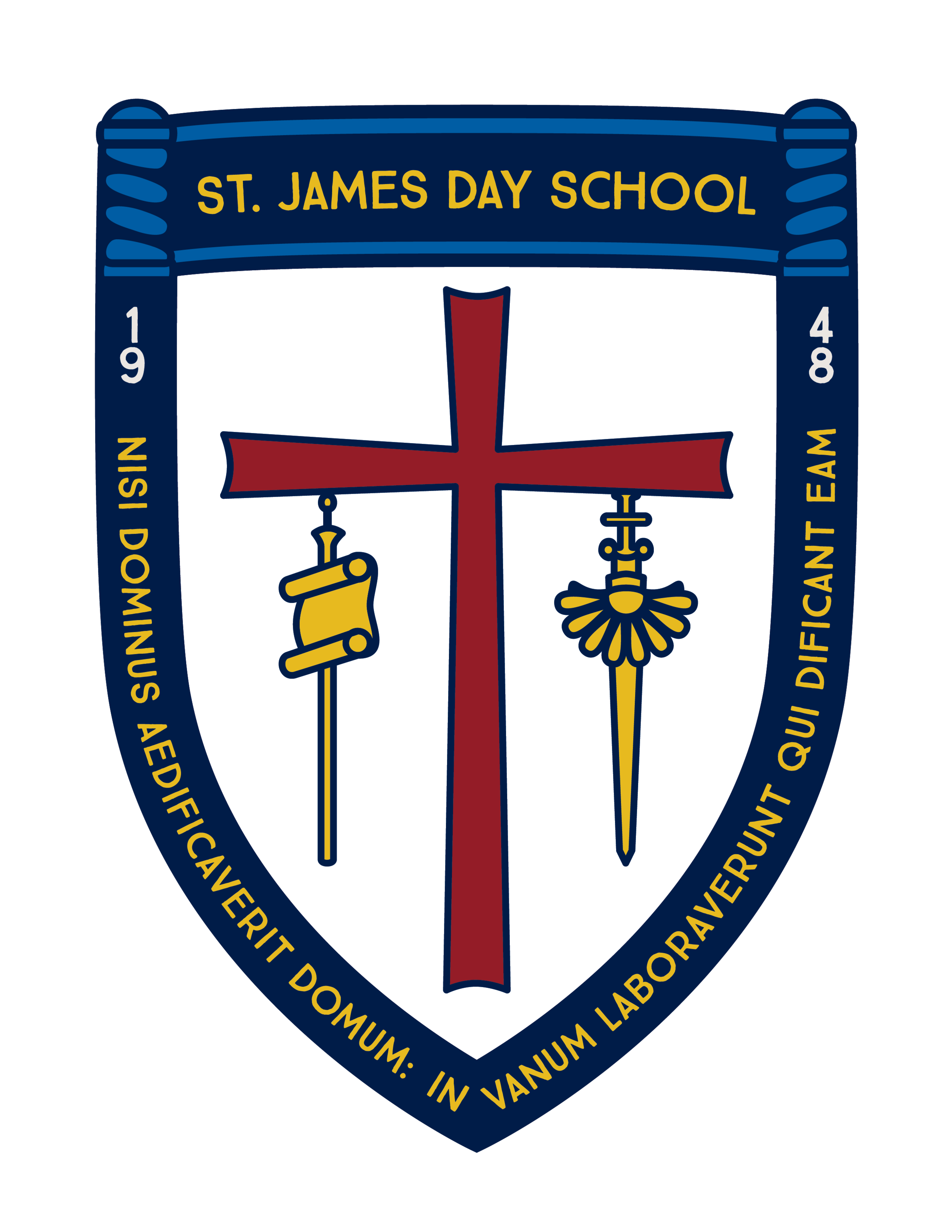After waiting 3 weeks, there was some indication that our chicks were ready to hatch. To our surprise, we were greeted Monday morning to the sound of three chirping chicks! We still observed a few eggs with small cracks in them. The process chicks go through as they hatch is long, it can take up to 12 hours, so we knew there was still some time to wait before the rest of them hatched.
The next morning there were two brand-new baby chicks in the incubator! Watching the chicks hatch was a real, meaningful, and fun learning process for both teachers and students alike. A big thank you to Cherrie Curtis, CEA - 4H and Young Development Leader, for helping us with this life cycle!
Our focus question this week was how can we make a road? The children had to work as a group to construct a road in the room. I was very impressed with their building skills.
We looked at a map, and talked about how maps tell you where you are going. The students were given a sheet of paper and drew a map of our campus. How impressive are these kiddos?
S is for Symmetry
I explained that something is symmetrical when it is the same on both sides. The children were given a paper with half of a butterfly on it and had to draw the other side. This was not an easy task, but I was so proud of all their efforts!
GOODBYE, BOX STUDY
Roads are all around us. Roads take us to school, to the store, and to visit family and friends. When riding in vehicles, children gaze out of the windows and watch the world go by. They delight in pointing out features on the road that, for adults, are simply part of the landscape: light poles, reflector bumps, overpasses, and bridges. In the classroom, roads become a key feature in the Block area, when children push toy cars from one building to another and outdoors when children ride trikes along paths they call “roads” that often include traffic signs and police officers.
Preschool-aged children spend much of their time in the Block area making connections: they move people, animals, vehicles, and objects from one place to another. They are using roads! A study of roads provides children with an opportunity to learn how roads are made, where roads take us, how we can stay safe on the road, and the features that make up a road. When children work together to create roads, they use a variety of skills to plan, write, draw, build, and negotiate with others.
The children water-colored crosses. As they painted a hidden message was revealed.
Our eggs are coming along nicely. The children have enjoyed looking at the developments of the embryo through the candling lamp.
WHY EXPLAIN LIFE CYCLES TO CHILDREN?
Explaining and illustrating life cycles can be an important milestone for children, helping them to learn how better to respect and care for those around them. It can also help children to understand and deal with death, births, and everyday changes and growth around them.
BOGGLE JUNIOR
The children had to match letters on letter cubes with letters on picture/word cards and spell the 3 or 4 letter name of the object before the timer went off. Why are we playing board games in preschool? Board games teach children the following skills: grasping and manipulating small objects, letter recognition, letter matching, spelling, word recognition, concentration, memory, taking turns and sharing.










































